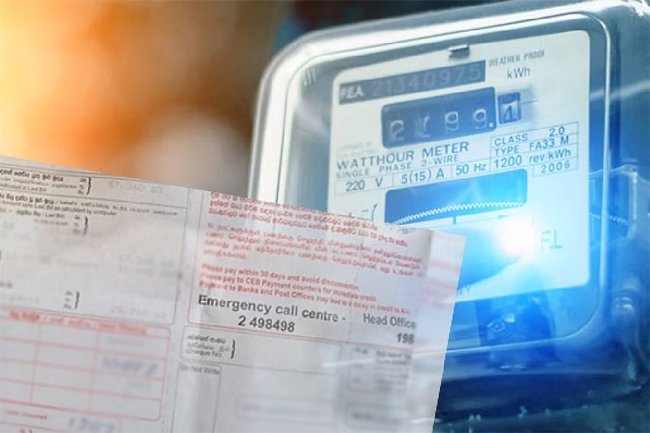Sri Lanka’s tea export industry has reached a significant milestone in the first nine months of 2024, with the export value surpassing $1 billion. However, a steep decline in tea export volume for September has raised concerns within the industry. According to provisional data from Asia Siyaka Commodities, the quantity of tea exported in September fell by 15% compared to the same period last year, marking a 26-year low of 19.7 million kilograms. This figure is also 10% lower than the volume exported in August, highlighting a troubling trend.
Impact of Rupee Strengthening on Tea Exports
One of the key factors contributing to this decline in volume is the steady strengthening of the Sri Lankan Rupee against the US Dollar (USD). Asia Siyaka Commodities, a leading commodity brokerage firm, noted that the stronger Rupee has had a dual negative effect on the tea industry. Exporters face challenges when converting their earnings from USD to Rupees, which has restricted their ability to pay competitive prices at tea auctions. As a result, the tea industry has struggled to maintain profitability, despite the impressive export value.
Tea Production and Export Volume Challenges

The low export volume in September can also be attributed to reduced tea production in the second quarter of the year. However, tea production showed signs of recovery in the third quarter, particularly in September, which may lead to improved export figures in the coming months. Asia Siyaka Commodities remains optimistic that tea exports will pick up in October and November, surpassing the performance of the same months in 2023.
Despite the challenges faced in September, Sri Lanka’s total tea exports for the first nine months of 2024 reached 182.3 million kilograms, which is slightly higher than the 181.4 million kilograms exported during the same period last year. This increase in export volume, though marginal, is a positive indicator for the industry.
Record High Export Value
For the first time in five years, Sri Lanka’s tea export earnings for the first nine months of the year exceeded $1 billion, reaching approximately $1.059 billion. This represents a 6% increase compared to the $991.88 million earned during the same period in 2023. The average Free on Board (FOB) price for Sri Lankan tea has also reached a record high of $5.81 per kilogram, the highest ever achieved by the industry.
While the USD income figure is impressive, the real value of these earnings for local producers has been impacted by the strong Rupee. The total Rupee earnings from tea exports have remained relatively flat, standing at Rs. 323.3 billion, only slightly lower than the Rs. 323.8 billion earned last year.
Effects on Tea Auction Prices and Production Costs
The strong Rupee has made it difficult for buyers at the tea auctions to offer competitive prices. By the time they receive payment for their exports, the value of the Rupee has increased, reducing their purchasing power. Additionally, rising production costs have further eroded the benefits of the higher USD income. As a result, tea producers are finding it challenging to maintain profitability, even with the record-breaking export values.
Key Markets for Sri Lankan Tea Exports
Iraq continues to be the top destination for Sri Lankan tea exports, although the volume exported to Iraq has decreased from 25.8 million kilograms in 2023 to 24.1 million kilograms this year. Russia, the second-largest importer of Sri Lankan tea, has seen a 4% increase in imports, reaching 18.4 million kilograms.
Other key markets have also shown significant growth. The United Arab Emirates (UAE) saw a sharp 33% increase in tea imports, reaching 17.4 million kilograms. Turkey imported 13.4 million kilograms, while China and Iran followed with 8.8 million and 8.1 million kilograms, respectively. Direct shipments to Azerbaijan increased from 6.9 million kilograms to 7.7 million kilograms, while Saudi Arabia, known for being a high-value market, recorded an impressive 34% growth, with tea imports rising from 5 million kilograms to 6.7 million kilograms.
Chile and Libya are also noteworthy markets, each importing 6.2 million kilograms of Sri Lankan tea.
Outlook for the Future
Despite the challenges posed by the strengthening Rupee and declining export volumes, the Sri Lankan tea industry remains resilient. The record-breaking export value of over $1 billion in the first nine months of 2024 demonstrates the global demand for Sri Lankan tea. As tea production continues to recover, the industry is expected to bounce back with higher export volumes in the coming months.
However, to ensure long-term sustainability, the industry must address the dual challenges of currency fluctuations and rising production costs. Strengthening local auction prices, managing costs, and exploring new markets will be essential for the tea industry to maintain its competitive edge in the global market.
In conclusion, while Sri Lanka’s tea industry faces hurdles, the strong export value performance is a testament to the global demand for its tea. With strategic efforts to overcome challenges, the industry is poised for continued growth in both value and volume.















